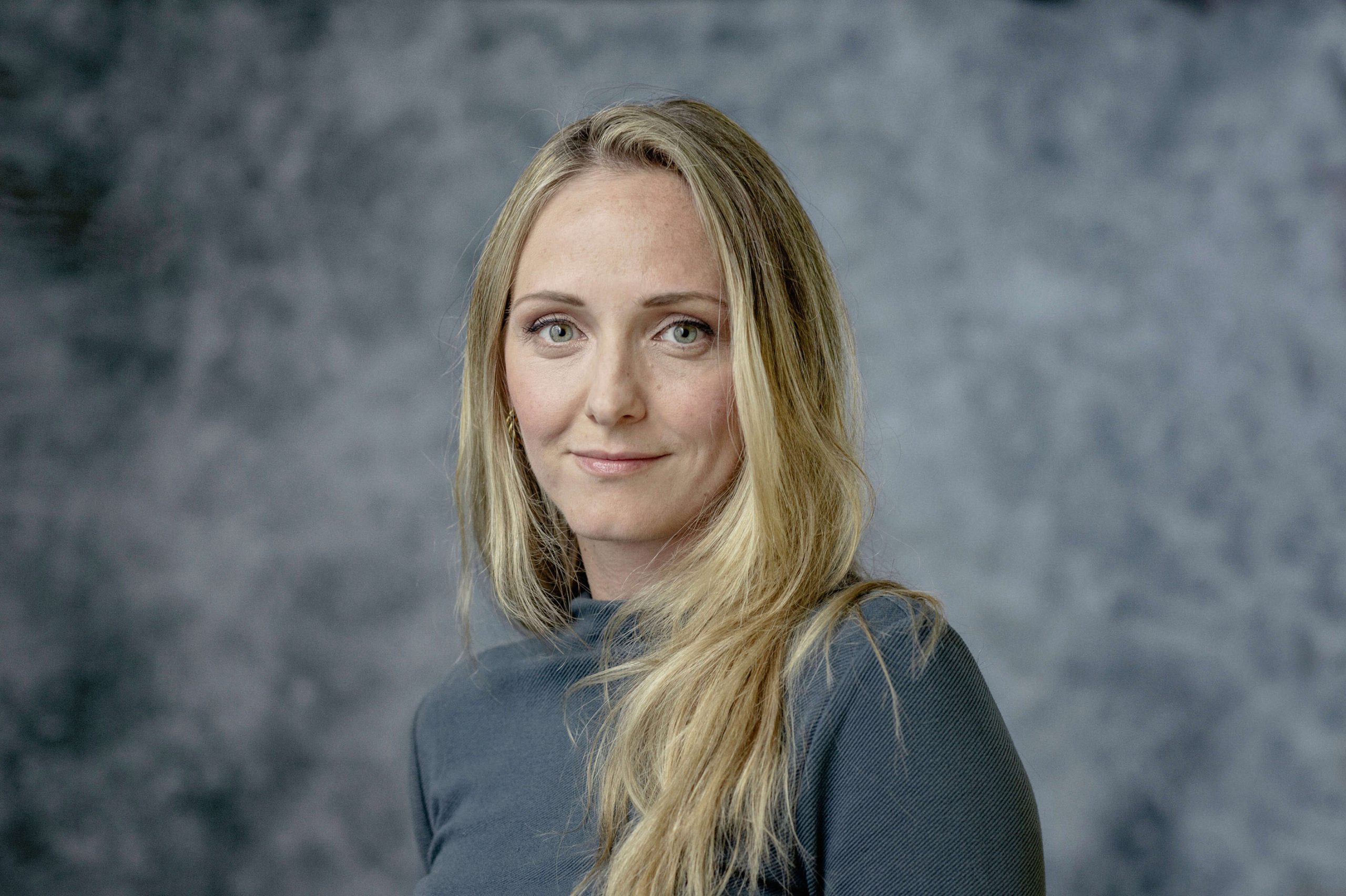What does good corporate governance entail?
Good corporate governance is about clear responsibilities and effective checks and balances. It is the cornerstone of sustainable long-term value creation. A well-designed governance structure safeguards the company’s continuity, reduces liability and other risks, and increases stakeholder trust.
Broad social responsibility
Management board and supervisory board members must prioritise the interests of the company and its affiliated business. This creates a social duty of care: alongside shareholder interests, the interests of employees, customers, the environment, climate and other social concerns can be equally relevant. This can lead to difficult choices.
Our governance expertise
Good corporate governance requires careful judgement and strategic insight. Our experts have helped initiate and shape important developments in corporate law for many years. We advise management boards, supervisory boards and other supervisors of both listed and private companies – Dutch and international – on resolving complex governance issues. Our advisory work combines in-depth legal expertise with a keen understanding of governance relationships and reputational risks. Houthoff’s multidisciplinary Governance Team will be pleased to advise and support you in setting up, modifying or assessing your corporate governance structure.















